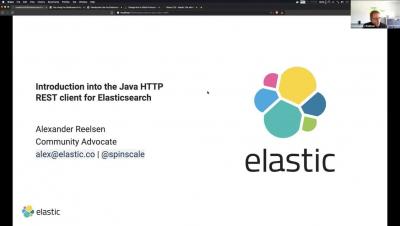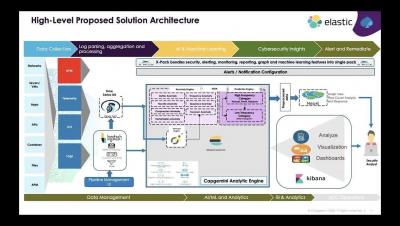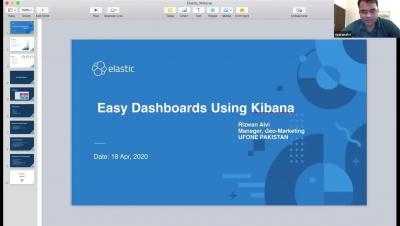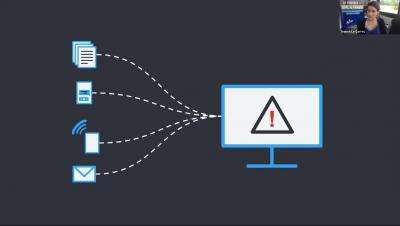Operations | Monitoring | ITSM | DevOps | Cloud
Elastic
Virtual Meetup: Advanced Threat Hunting & Monitoring with Elastic APM
Benchmarking binary classification results in Elastic machine learning
Binary classification aims to separate elements of a given dataset into two groups on the basis of some learned classification rule. It has extensive applications from security analytics, fraud detection, malware identification, and much more. Being a supervised machine learning method, binary classification relies on the presence of labeled training data that can be used as examples from which a model can learn what separates the classes.
Easily visualizing MITRE ATT&CK® round 2 evaluation results in Kibana
If you want to skip ahead to see the MITRE ATT&CK eval round 2 results visualized in an easy-to-configure Kibana dashboard, check it out here.
Monitoring Amazon EKS logs and metrics with the Elastic Stack
To achieve unified observability, we need to gather all of the logs, metrics, and application traces from an environment. Storing them in a single datastore drastically increases our visibility, allowing us to monitor other distributed environments as well. In this blog, we will walk through one way to set up observability of your Kubernetes environment using the Elastic Stack — giving your team insight into the metrics and performance of your deployment.
MITRE ATT&CK® round 2 APT emulation validates Elastic's ability to eliminate blind spots
Six months ago we celebrated the joining of forces between Endgame and Elastic under the banner of Elastic Security and announced the elimination of per endpoint pricing. Simultaneously, while the newest members of Elastic Security were getting acquainted with the Elastic SIEM team, a few of our analysts were locked away in an office at MITRE HQ for round 2 of MITRE’s APT emulation.
Virtual Meetup: Building a COVID-19 Dashboard for Non-Programmers + Inside the COVID-19 data
Virtual Meetup: Multilingual Data & Search - Solving the Common Problems
Elastic: Distributed by design
As COVID-19 continues to make clear, being adaptable and resilient when the world changes can help a business stay alive. At Elastic, we know from experience that being distributed helps build a strong company that can scale and adapt as new challenges arise. In the spirit of open source and our relationship with the Elastic community, we’ve been offering tips and tricks on our blog and on social media about how to work effectively while remote.
Smooth mocking with the Elasticsearch Node.js client
A classic problem that every backend developer has faced during their work is testing an application that uses a database. A perfectly valid solution is to use the real database for testing your application, but you would be doing an integration test, while you want a unit test. There are many ways to solve this problem. You could create the database with docker, or use an in-memory compatible one, but if you are writing unit tests that can be easily parallelized this will become quite uncomfortable.










